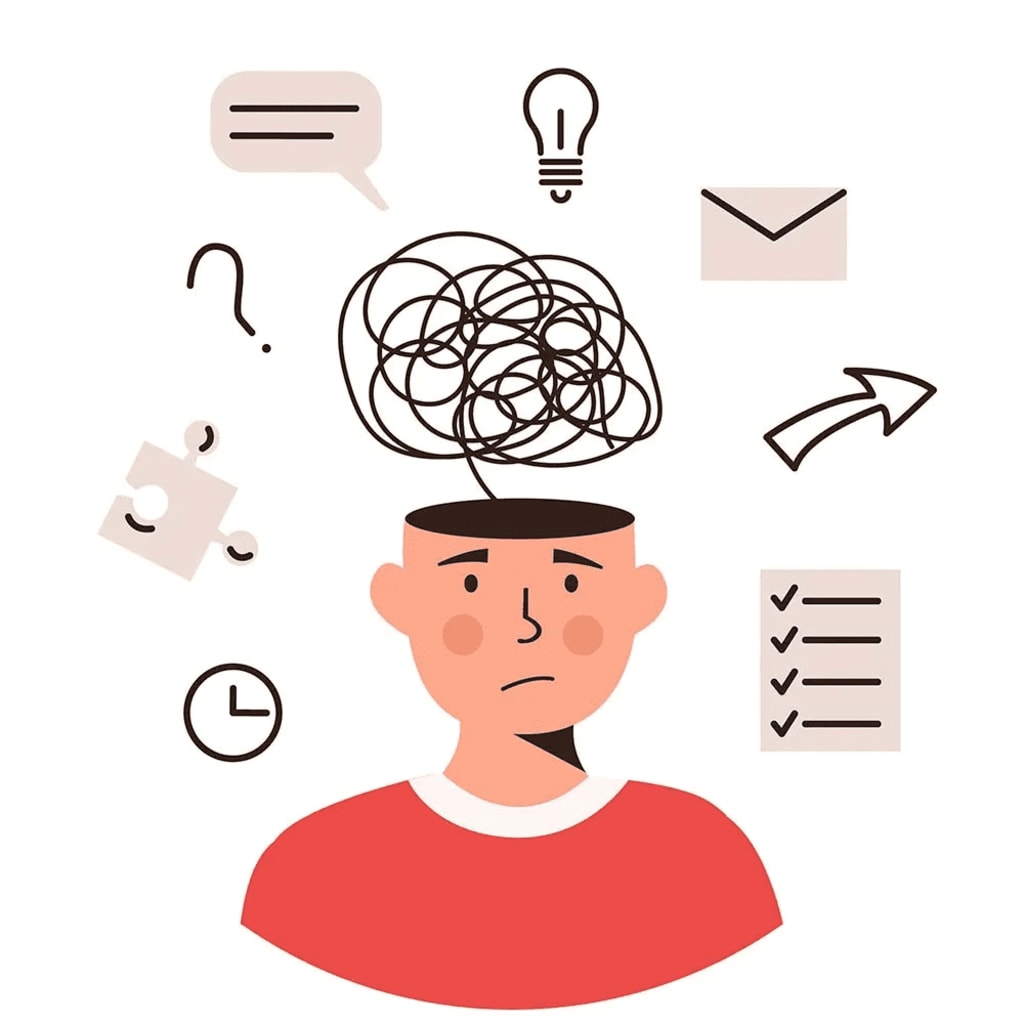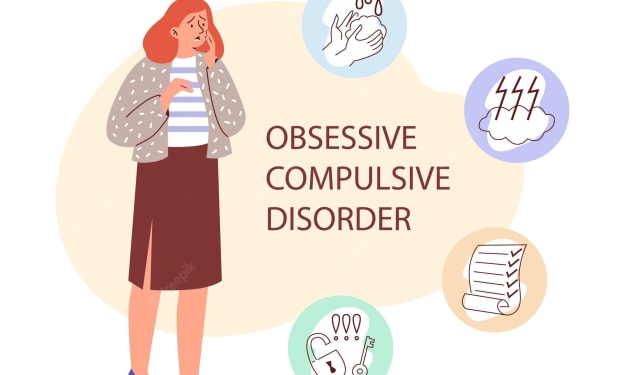The Role of Technology in Treating Adult ADHD
The Role of Technology in Treating Adult ADHD

The rise of technology in healthcare has transformed medical practices worldwide. One key area where it is significantly making a difference is the diagnosis and treatment of Attention Deficit Hyperactivity Disorder (ADHD) in adults. Despite being considered primarily a childhood condition, studies have shown that 60-70% of children with ADHD continue to experience symptoms in adulthood. Given its widespread prevalence, ADHD diagnosis India. This paper looks at the significant role that technology plays in managing ADHD in adults, with a specific focus on India, a country experiencing substantial growth in mental health awareness and technological advancements.
ADHD Diagnosis in India: A Brief Overview
Before delving into the role of technology, it's essential to understand the ADHD landscape in India. For years, mental health disorders like ADHD were underrecognized and undertreated due to societal stigma and a lack of proper healthcare infrastructure. Today, however, ADHD diagnosis in India has undergone a significant transformation. Increased awareness campaigns, advancements in mental health research, and a growing acceptance of mental health issues have changed the narrative. But the journey has just begun, and technology is a pivotal part of this journey.
Technological Interventions in ADHD Diagnosis and Treatment
Technology is revolutionizing ADHD diagnosis and treatment in multiple ways. From telemedicine and digital cognitive behavioral therapies to AI-driven diagnostic tools and mobile applications, these advancements have eased the diagnostic process and personalized treatment strategies.
Telemedicine: Telemedicine has transformed ADHD care by eliminating geographical barriers and addressing the dearth of mental health professionals, particularly in remote areas. It enables remote patient monitoring, online consultations, and follow-up sessions, making healthcare more accessible and affordable.
Digital Cognitive Behavioral Therapy: Digital interventions like online cognitive behavioral therapy (CBT) programs offer a non-pharmacological approach to managing ADHD symptoms. These programs provide cognitive training exercises and mindfulness techniques that can help improve focus, reduce impulsivity, and manage stress.
AI-Driven Diagnostic Tools: AI is playing an increasingly important role in diagnosing ADHD. AI algorithms can analyze a range of data, including speech patterns, facial expressions, and behavioral nuances, to help detect ADHD signs more accurately and rapidly. These advanced tools can also predict potential response to treatment, assisting in developing personalized treatment plans.
Mobile Applications: Apps designed specifically for adults with ADHD have shown promising results in managing symptoms. They offer tools for time management, task organization, focus improvement, and self-monitoring. These apps provide immediate support, track progress, and can be easily integrated into daily life.
The Role of Technology in India's ADHD Landscape
Technology in ADHD diagnosis and treatment is particularly relevant to India, given the country's digital revolution and growing mental health needs. The country's vast population and geographical spread make telemedicine a game-changer in mental health care delivery. Telepsychiatry can bring ADHD diagnostic services and follow-up care to patients' homes, ensuring that people across the nation can access necessary care.
India's expanding digital healthcare space also allows room for AI-driven diagnostic tools and therapeutic interventions. AI's potential in India is underscored by various initiatives that leverage technology for mental health. For instance, startups are developing AI tools that can learn and predict behavioral patterns, thus helping in early detection and better management of ADHD.
Moreover, with a significant young population adept at using smartphones, mobile applications for ADHD management hold immense promise. These apps can deliver daily-life interventions and consistent support, helping individuals manage their ADHD symptoms effectively.
Challenges and Opportunities
While technology promises to revolutionize ADHD diagnosis and treatment, challenges like digital literacy, internet connectivity, data privacy, and the need for rigorous scientific validation of these tools must be addressed. Building a digital infrastructure that can support these advancements is crucial for realizing the full potential of technology in managing ADHD.
In conclusion, the role of technology in diagnosing and treating adult ADHD is transformative, and its importance is highlighted in rapidly developing contexts like India. As we advance, it is critical to ensure that technology-driven solutions are accessible, equitable, effective, and validated, opening a new chapter in ADHD care, where everyone, regardless of their geographical location, can access the care they need. Technology holds the key to turning ADHD from a debilitating condition into a manageable one, underscoring the need for further research and investment in this space.
About the Creator
Enjoyed the story? Support the Creator.
Subscribe for free to receive all their stories in your feed. You could also pledge your support or give them a one-off tip, letting them know you appreciate their work.





Comments
There are no comments for this story
Be the first to respond and start the conversation.